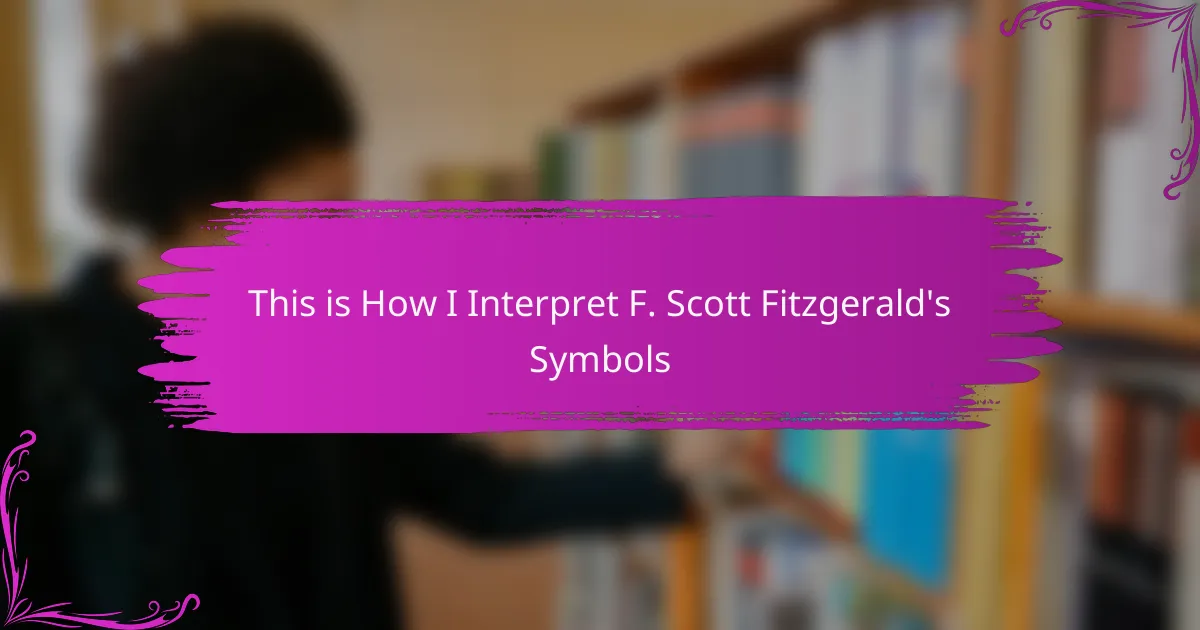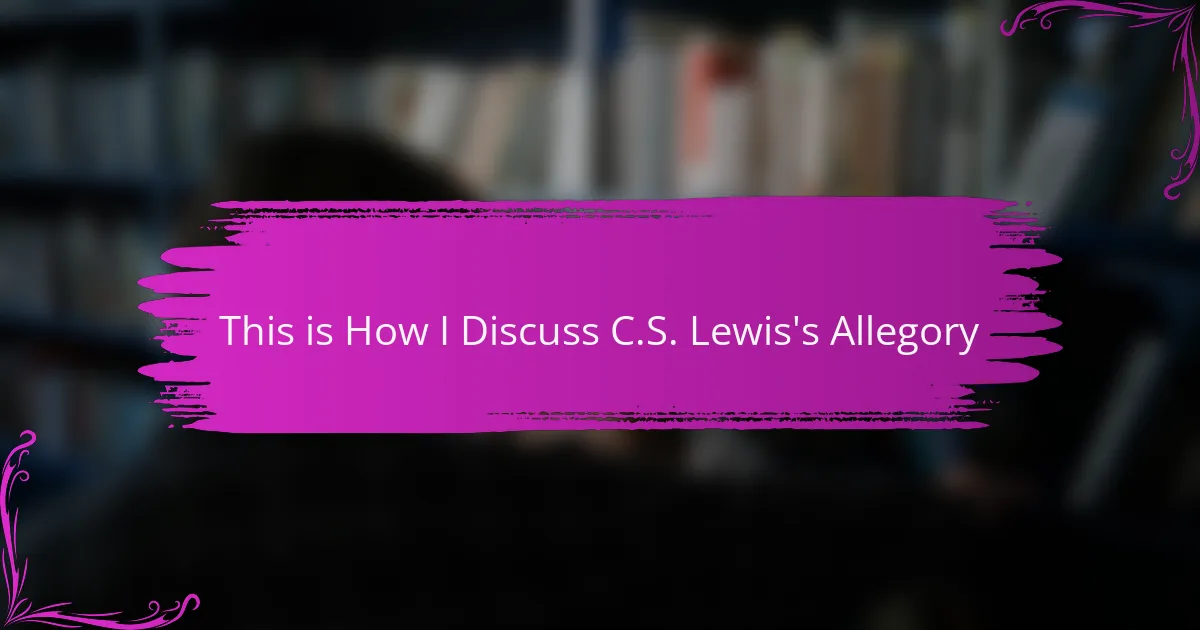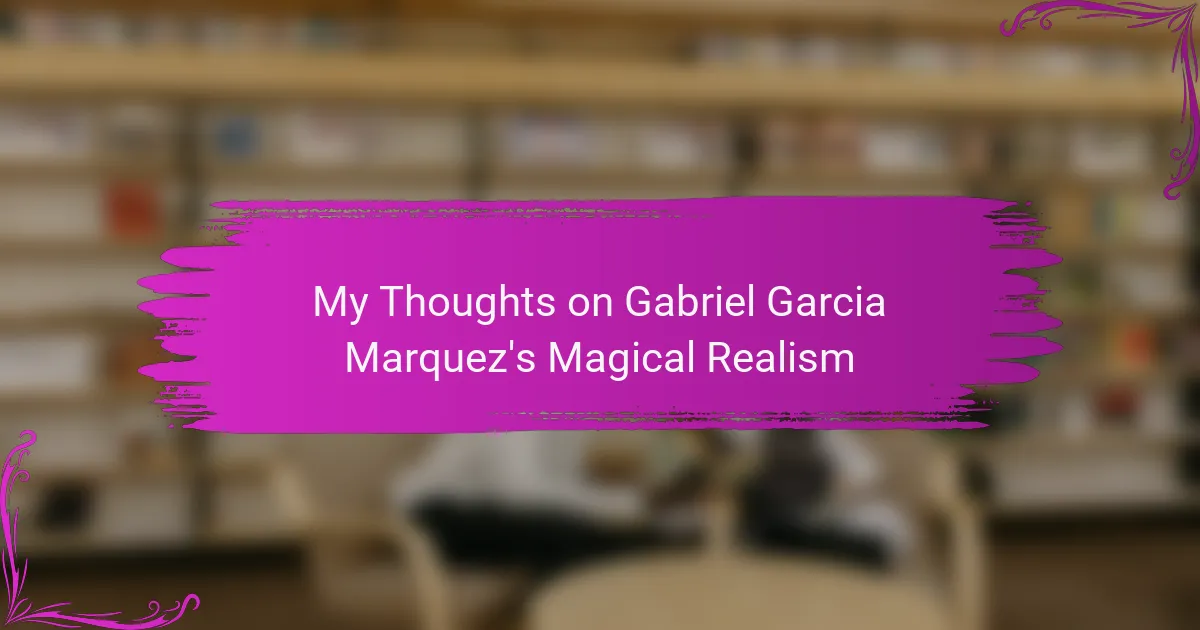Key takeaways
- Literary symbols enrich the reading experience by conveying complex emotions and themes, as demonstrated in F. Scott Fitzgerald’s works.
- Key symbols in “The Great Gatsby” include the green light (representing unattainable dreams) and the Valley of Ashes (symbolizing moral decay).
- Fitzgerald’s life experiences influence his writing, reflecting the duality of the American dream amidst the glitz of the Jazz Age.
- Symbols provoke introspection and deeper connections to societal issues, making readers reflect on their own lives and aspirations.
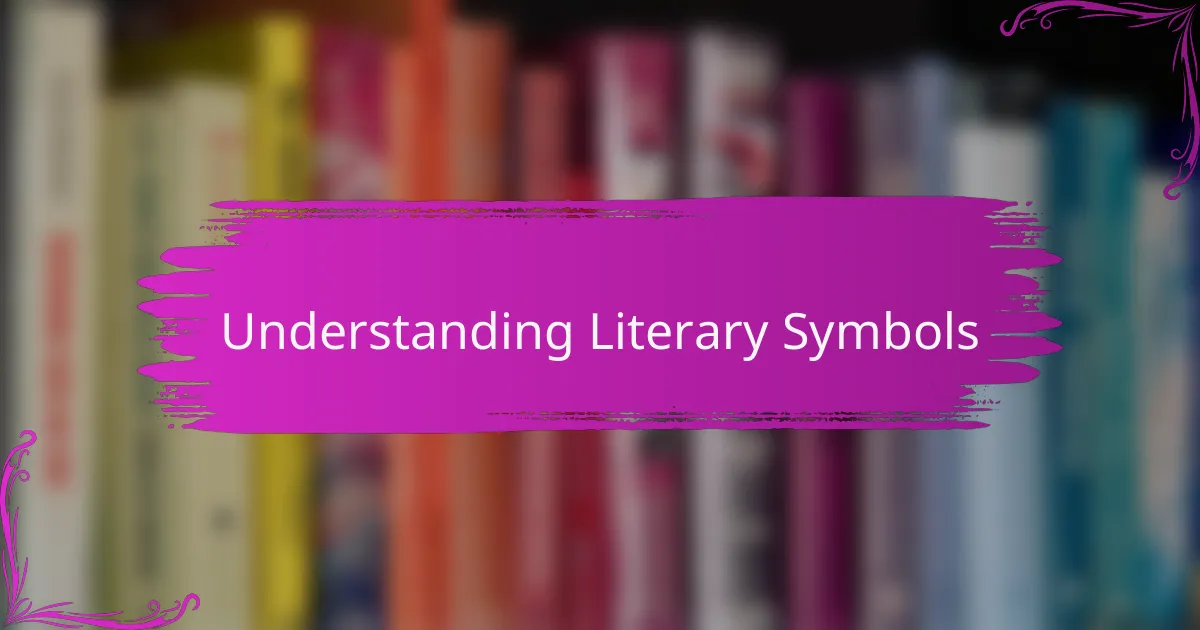
Understanding Literary Symbols
Understanding literary symbols can transform the way we engage with texts. Symbols are not just decorative elements; they are deeply ingrained representations that convey complex ideas and emotions. For me, discovering a symbol in a story is like finding a hidden treasure—it offers deeper insight and enhances my understanding of the characters and themes.
As I reflect on F. Scott Fitzgerald’s works, I often think about how his symbols resonate with my own experiences and feelings. For example, the green light in “The Great Gatsby” represents unattainable dreams and desires, reminding me of my own pursuits that sometimes feel just out of reach. This personal connection to symbols enriches my reading, making the characters’ journeys all the more relatable.
Here’s a comparison of common symbols in Fitzgerald’s works:
| Symbol | Meaning |
|---|---|
| Green Light | Hope and unattainable dreams |
| Valley of Ashes | Moral decay and loss |
| Gatsby’s Parties | Fleeting nature of wealth and superficiality |
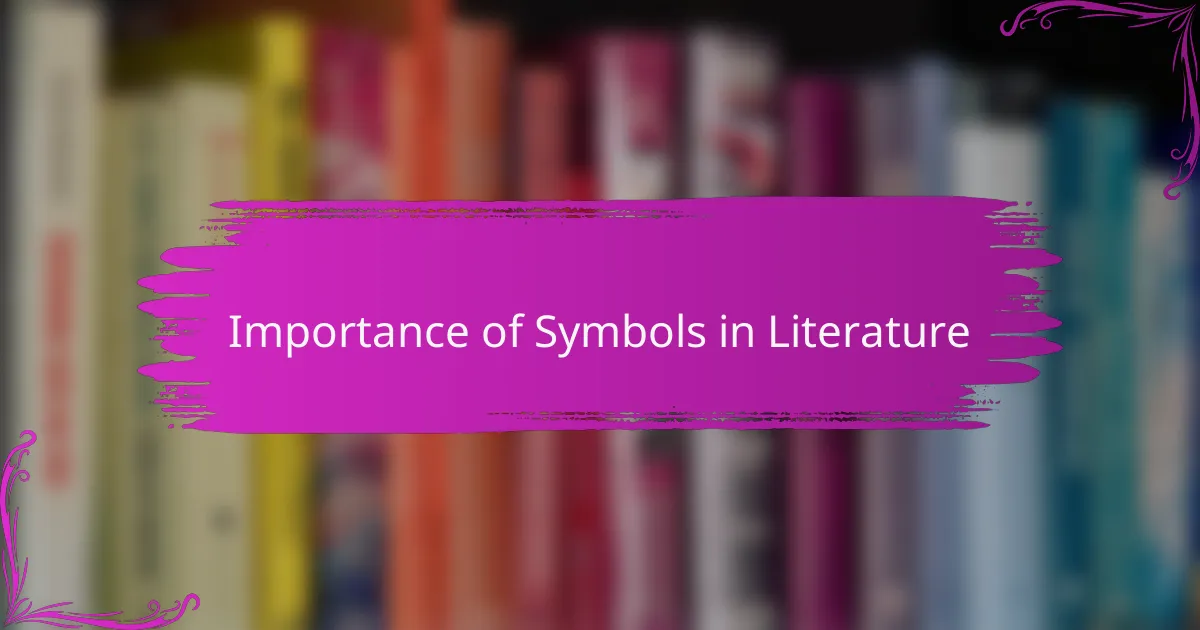
Importance of Symbols in Literature
Symbols play a crucial role in literature as they condense complex ideas into relatable images or objects. When I encounter a symbol, I often pause and contemplate its significance, which inevitably deepens my connection to the story. Have you ever found yourself reflecting on a symbol long after you’ve closed the book? That lingering thought is proof of literature’s power to evoke emotions and provoke thought.
In my experience, symbols sharpen the themes of a narrative and bring nuance to character development. For instance, when I think about the Valley of Ashes in “The Great Gatsby,” it evokes a powerful sense of loss and moral decay. This visual representation of despair not only serves to illustrate Gatsby’s world but also mirrors societal issues that resonate even today, allowing me to draw parallels between fiction and reality.
Furthermore, using symbols can create layers of meaning that compel me to revisit texts multiple times. Each reading often reveals something new, enhancing my understanding. It’s like peeling an onion—each layer adds depth and complexity to the narrative, inviting me to explore the underlying messages that Fitzgerald masterfully weaves into his works. Isn’t it fascinating how a single symbol can unlock a wealth of interpretation?
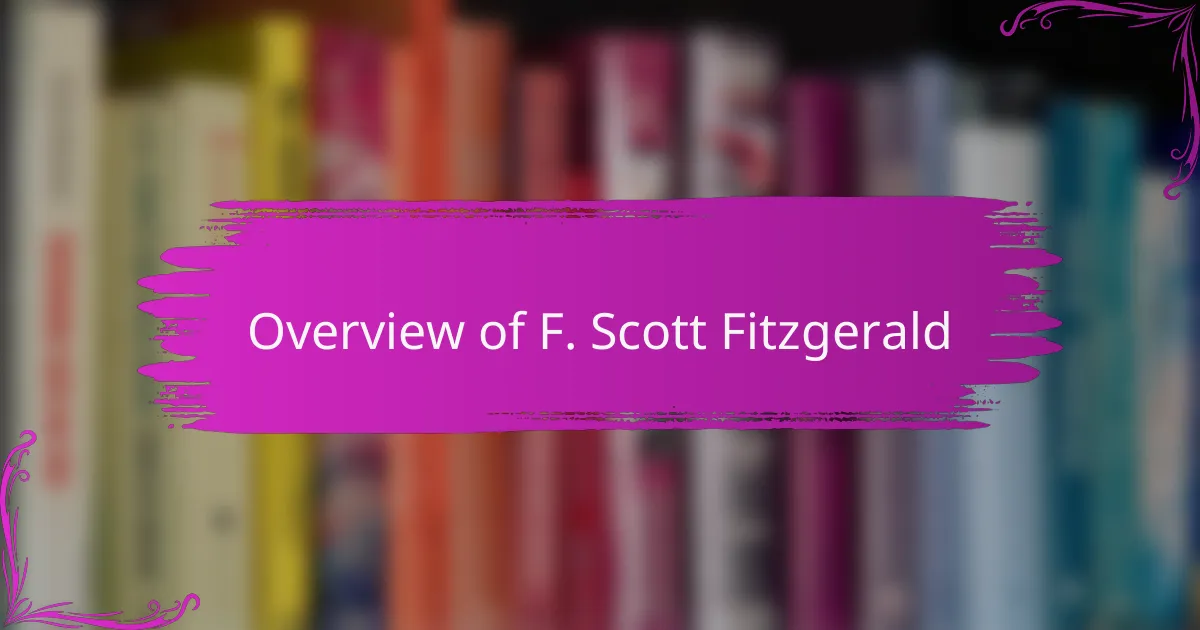
Overview of F. Scott Fitzgerald
F. Scott Fitzgerald, a prominent figure of the Jazz Age, captures the essence of the American dream and its disillusionment in his works. I remember the first time I dove into “The Great Gatsby” — the vibrant imagery and poignant themes resonated with me on a personal level. His writing intertwines elegant prose with deep emotional insight, reflecting the complexities of human nature and societal expectations.
Fitzgerald’s life experiences profoundly shaped his literary voice. Living through the roaring twenties, he witnessed both wealth and poverty, joy and despair. This duality permeates his novels, presenting characters that are often grappling with their identities amidst the glitz and uncertainty.
- Born on September 24, 1896, in St. Paul, Minnesota.
- Gained fame with “This Side of Paradise” in 1920, which encapsulates youth and ambition.
- Best known for “The Great Gatsby,” a critique of the American dream.
- Struggled with personal issues, including alcoholism and financial difficulties.
- Died at a young age of 44, leaving behind a legacy that critiques the excesses of his generation.
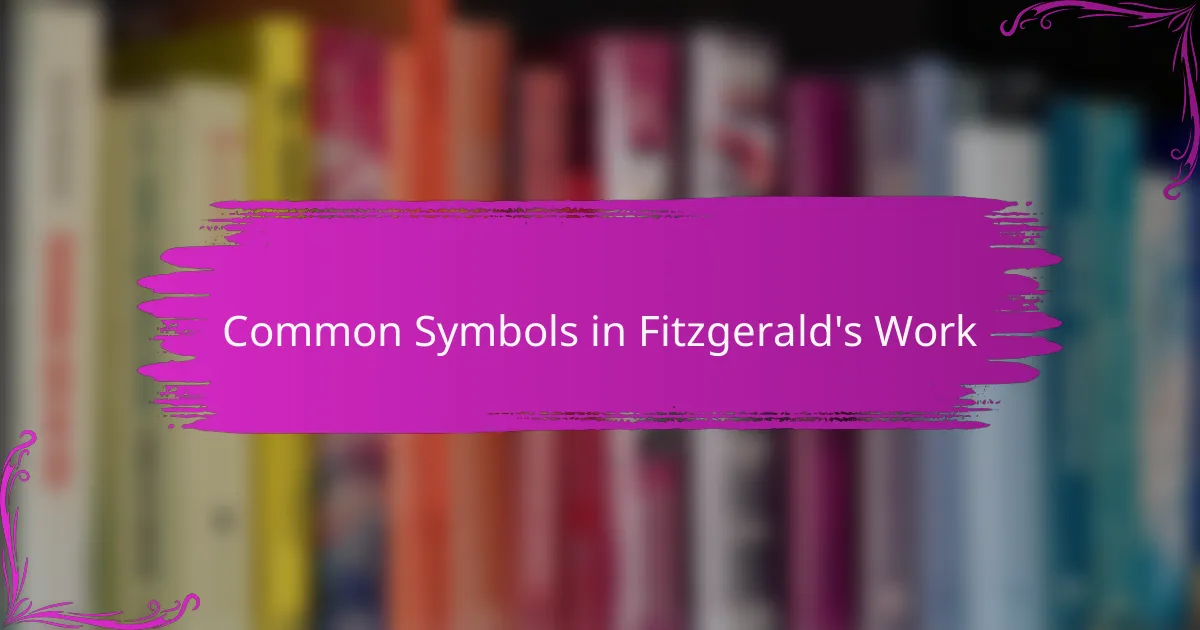
Common Symbols in Fitzgerald’s Work
In F. Scott Fitzgerald’s work, symbols serve as profound reflections of the human experience, often resonating with my own life. Take Gatsby’s green light, for instance: it not only represents hope but also the elusive nature of dreams. I often find myself staring at my own ambitions, realizing how similar they can feel—glittering yet distant.
The Valley of Ashes is another powerful symbol, emphasizing moral decay and the stark realities behind the glamour of the Jazz Age. I remember the first time I encountered this image; it struck me like a thunderclap. It’s a vivid reminder that beneath the surface of wealth, there lies a gritty truth that often goes unnoticed. Isn’t it amazing how such imagery can deeply affect our perception of society?
Then there are Gatsby’s extravagant parties, which represent the fleeting nature of wealth and superficial connections. While they sparkle with excitement, there’s an underlying emptiness that resonates deeply with me. It raises a question: do we celebrate for joy, or simply to drown out our loneliness? These symbols not only enhance the narrative but also prompt me to reflect on my own life experiences and the spaces in which I find meaning.
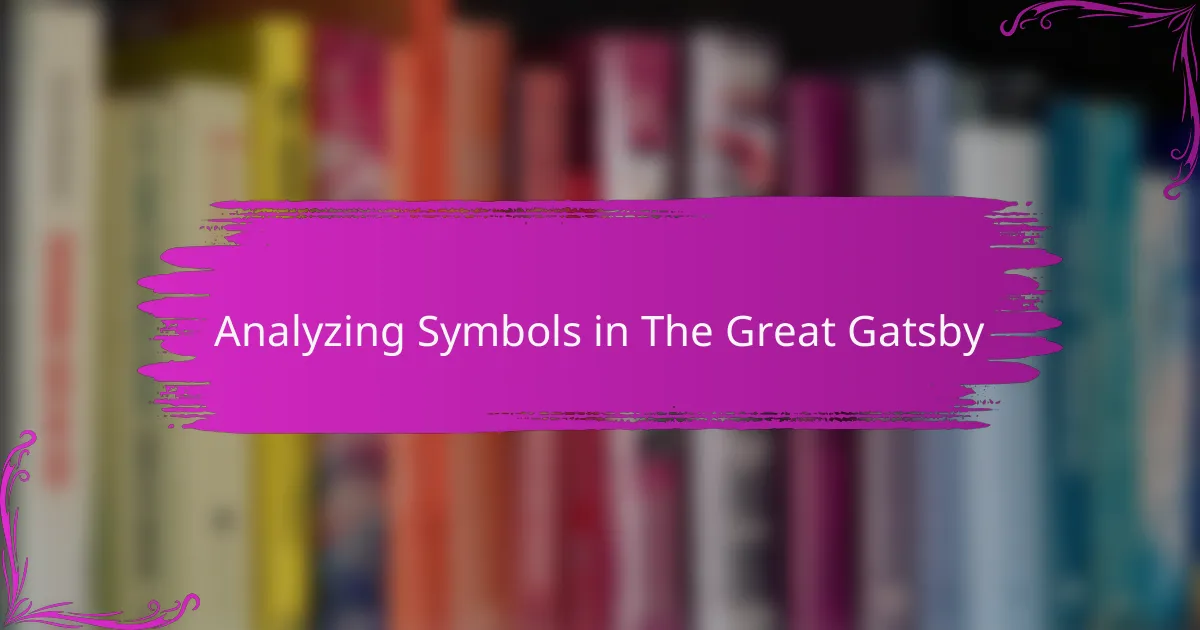
Analyzing Symbols in The Great Gatsby
When I delve into the symbols in “The Great Gatsby,” I’m often struck by how Fitzgerald uses them to explore complex themes like the American Dream and societal disintegration. For instance, the green light at the end of Daisy’s dock represents Gatsby’s hopes for the future, encapsulating his longing for an idealized past. I remember reading that scene for the first time; it felt like a punch to the gut, realizing that for Gatsby, the light was both a beacon of hope and an unattainable dream.
Another compelling symbol is the Valley of Ashes, which illustrates the moral and social decay resulting from the uninhibited pursuit of wealth. I vividly recall discussing this with friends during a book club meeting; we were struck by the stark contrast between the opulence of East Egg and the bleakness of the Valley. Each symbol in Fitzgerald’s work invites us to question our own values and the society around us.
- Green Light: Symbolizes Gatsby’s hopes and dreams, particularly his aspiration for Daisy.
- Valley of Ashes: Represents the moral decay and the consequences of the pursuit of wealth.
- The Eyes of Doctor T.J. Eckleburg: Often interpreted as the eyes of God, watching over the corruption of society.
- Gatsby’s Mansion: A symbol of wealth and the superficiality of the American Dream, showcasing emptiness despite grandeur.
- White Color: Often associated with Daisy and purity, it highlights the disparity between her outward charm and inner emptiness.
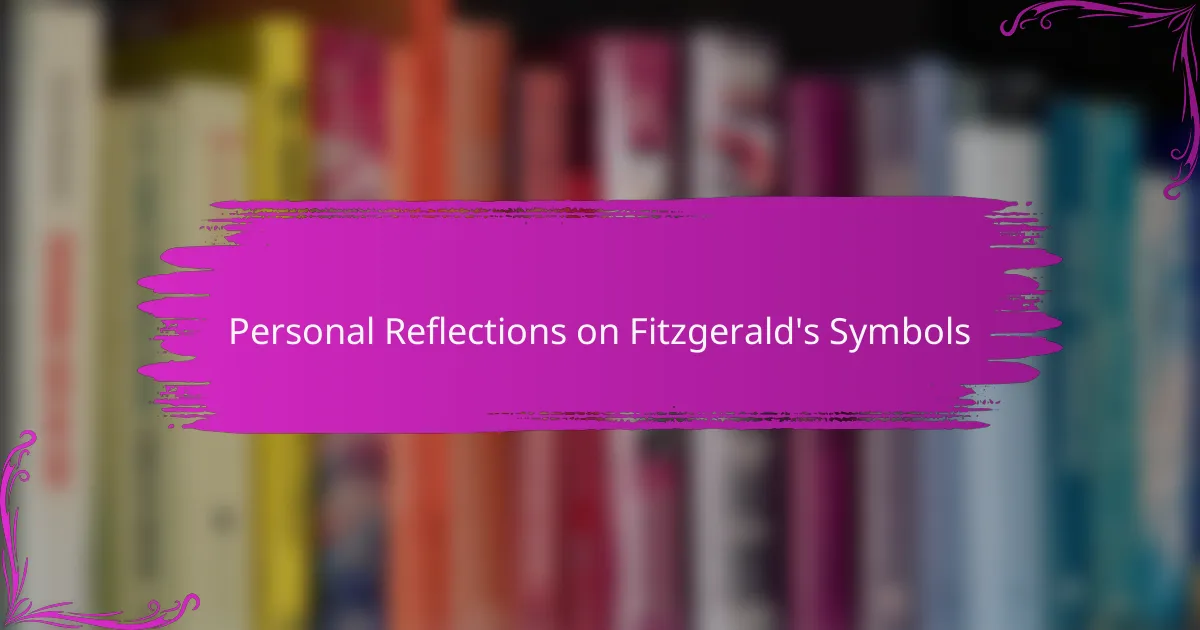
Personal Reflections on Fitzgerald’s Symbols
Fitzgerald’s use of symbols resonates deeply with me, particularly the green light at the end of Daisy’s dock in “The Great Gatsby.” To me, this symbol represents unattainable dreams and the relentless pursuit of hope. I remember grappling with this idea when I first read the novel in college; it struck a chord with my own experiences of chasing aspirations that often seemed just out of reach.
What I find compelling is how Fitzgerald weaves the symbolism of the valley of ashes into the narrative. It represents the moral and social decay resulting from the uninhibited pursuit of wealth. I often think back to when I volunteered in a struggling neighborhood and saw firsthand the impacts of economic disparity. It made Fitzgerald’s depiction not just a backdrop but a profound commentary on our society’s priorities.
- The green light: Symbolizing hope and unattainable dreams.
- The valley of ashes: A stark reminder of social decay and moral decay.
- The eyes of Dr. T.J. Eckleburg: Suggesting the idea of an omniscient presence watching over the characters, raising questions about morality and accountability.
- The car accident scene: Illustrating the consequences of recklessness and the ephemeral nature of life and success.
